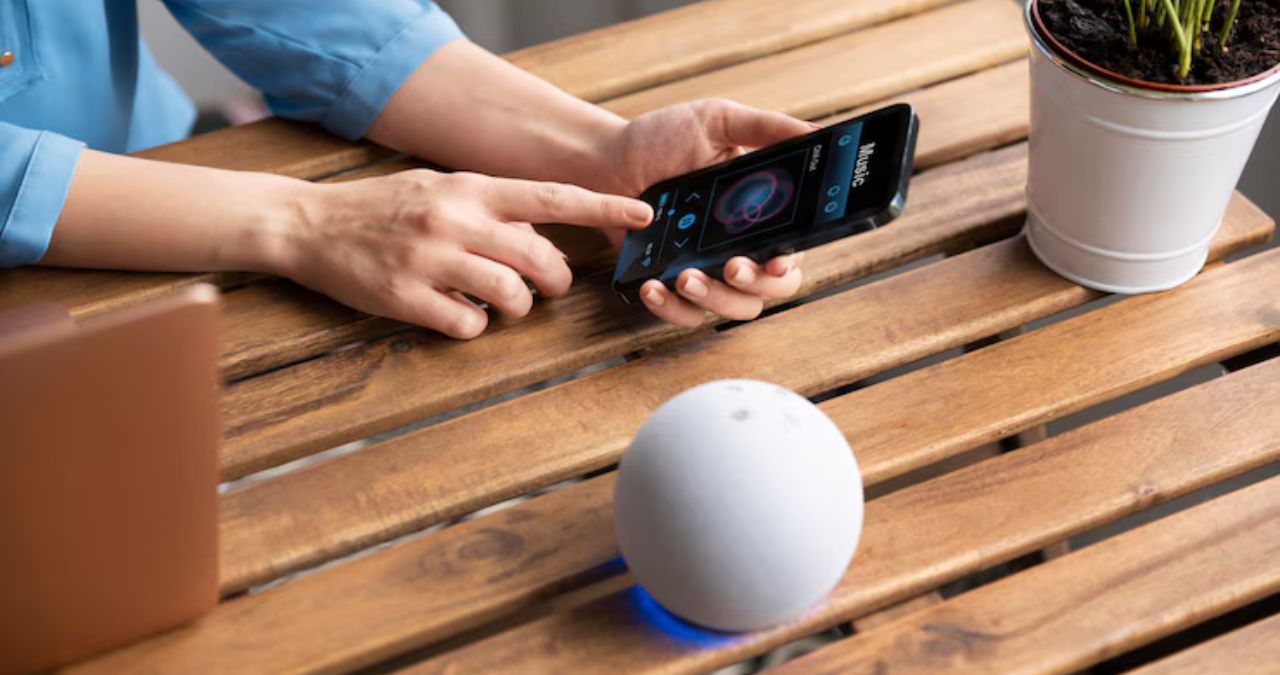Throughout history, the way we communicate has continuously evolved. One element of this evolution that often goes unnoticed is the humble phone number, a seemingly simple combination of digits that links us to one another in powerful ways. From the early days of rotary phones to the era of smartphones, phone numbers like “404.594.9134” have been conduits for human connection, commerce, and innovation. But as technology propels us forward, are we nearing the end of this age-old system?
This blog dives into the fascinating history of phone numbers, explores their significance in our daily lives, and looks ahead to the infrastructure’s future. Whether you’re a tech enthusiast or someone who’s simply curious, this post will unveil the hidden complexities of something we all use but seldom think deeply about.
A Brief History of Phone Numbers
The Birth of the Phone Number
Before the invention of phone numbers, telephone systems operated on a manual “switchboard” model. If you wanted to call someone, you would ring an operator and verbally request to be connected to a specific person or location. This labor-intensive process fundamentally changed in 1879, when the first phone numbers were introduced in Lowell, Massachusetts. Telephone companies began assigning numeric identifiers to streamline call routing amid growing user demand.
What was initially a practical solution to connect a few hundred customers eventually became a necessity as telephone networks expanded.
The Growth of Area Codes
Fast forward to the 1940s, when the North American Numbering Plan (NANP) was introduced. This system created a standardized way of assigning regional codes (e.g., the famous 404 for Atlanta) to handle growing call volumes systematically. Area codes revolutionized communication by making distant calls easier and quicker.
For businesses and advertisers, area codes also became a symbol of local identity. The numbers became culturally meaningful, allowing people to express pride in their cities while simultaneously unlocking nationwide convenience.
Why Phone Numbers Still Matter Today
Despite the rapid emergence of email, social media, and app-based messaging, phone numbers remain foundational to modern communication networks. Here are the key reasons they continue to hold enormous significance:
Universal Connectivity
Unlike online platforms that require specific apps or internet access, phone numbers facilitate direct, universal connectivity. Even with varying devices, carriers, or service regions, anyone with a phone number can reach someone else worldwide.
This universality is priceless during emergencies and a linchpin in maintaining global communications.
Verification and Security
Phone numbers play a critical role in identity verification processes today. Whether you’re signing up for a new app, logging into your bank account, or setting up two-factor authentication, a phone number serves as a near-universal verification method.
Its widespread use for security has made phone numbers personal identifiers akin to Social Security numbers or national ID.
Business and Marketing
For businesses, phone numbers aren’t merely points of contact but critical tools for building credibility. A “local” number often builds trust within communities, while toll-free or vanity numbers (e.g., 1-800-FLOWERS) can transform customer service and enhance brand recall.
And in marketing, phone numbers remain a direct line to customers, offering more personal engagement compared to emails and ads.
Regional Identity
Area codes, like the iconic “404” for Atlanta, evoke feelings of community and identity. They represent more than just geography; they’re woven into local culture. But as cities grow and area codes evolve, these symbolic connections remain relevant, embodying the spirit of a place.
The Future of Phone Numbers
As technology shapes how we communicate, it prompts a critical question: Will phone numbers still dominate the future of connectivity? Here’s where we’re heading:
The Rise of Digital Identities
Many tech companies are pushing for a shift toward digital identities that rely less on traditional phone numbers. Platforms such as WhatsApp, Signal, and Telegram already use usernames or encrypted profiles for messaging without revealing phone numbers. Blockchain-based digital IDs, such as “decentralized identifiers,” are also gaining traction as private alternatives.
Data Privacy Concerns
While phone numbers are essential for identity verification, their permanence raises privacy challenges. Unlike email addresses, which are easy to change, your number is tied to you for extended periods. This makes it susceptible to spam calls, phishing, and other malicious activities. To address this, innovations like ephemeral or disposable phone numbers are being explored.
The Evolution of Calling
Traditional calling is gradually being replaced by app-based communication, such as video calls and VoIP (Voice over Internet Protocol) technologies. While these innovations don’t necessarily eliminate phone numbers, they’re reducing their centrality in day-to-day usage patterns.
Examples include platforms like Zoom, Google Meet, and Microsoft Teams, which often don’t require exchanging numbers but rather links or unique invites.
Increased Integration with Wearables
The wearable technology sector is growing, and phone numbers may need to adapt. Devices like smartwatches, fitness trackers, and augmented reality glasses could integrate unique identifiers designed for seamless interactions while keeping traditional phone numbers in the background.
Global Standardization and Beyond
With the potential for faster global integration, traditional area code and country code divisions may not be as relevant in the future. A global, cloud-based phone infrastructure with no reliance on region-specific frameworks is possible as 5G and satellite internet providers expand.
A World Beyond Digits?
Numbers like 404.594.9134 have been essential to connecting us for over a century, but the march of innovation leaves few traditions untouched. We’re already seeing glimpses of what’s ahead, from usernames supplanting digits to privacy-first services that prioritize anonymity over accessibility.
However, even in this evolving landscape, phone numbers remain powerful symbols of human connection. They are more than just functional tools; they tell stories about where we’re from, how far we travel, and how adaptable we are as a society.
As we look toward a future built on decentralization, AI, and digital-first interactions, one thing is clear: even if the form changes, the need to stay connected will never fade.










